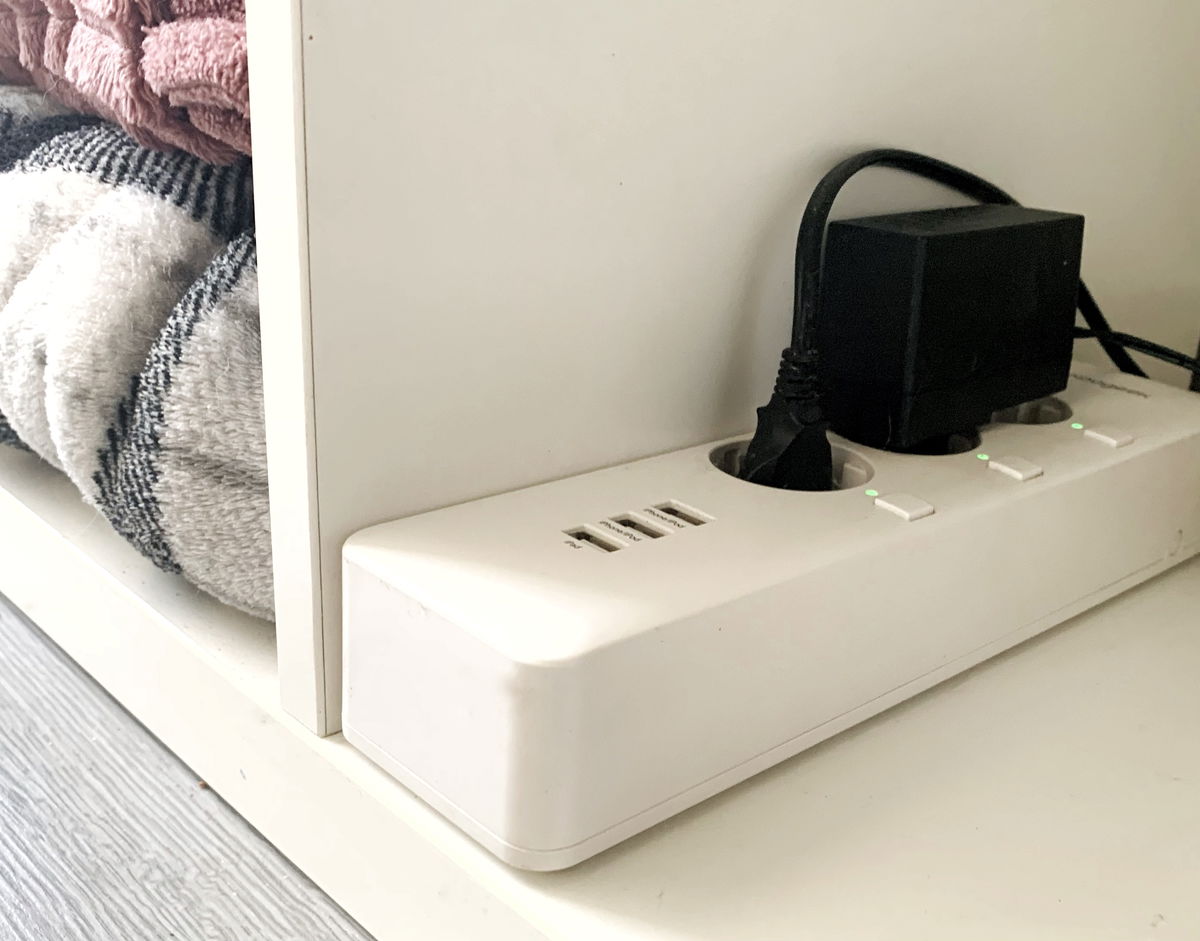rain in Madrid they wreaked havoc on the city on the afternoon of yesterday, May 29, 2023. Literally in half an hour they were counted 30 liters of water per square meter, which meant the shutdown of metro lines, kilometers of road delays and flooding in many areas of Madrid, including some hospitals. All this comes after an abnormally hot and dry start to spring, so there is no doubt that this is one of the consequences. changing of the climate. And this is just the beginning.
There are many places in the world where climate extremes like Madrid rains. For this reason, a group of Japanese scientists began to develop future flood map.
In this way, it will be possible to know which places will be most affected by this dramatic effect of precipitation and act in advance. The map is not yet complete, but scientists have already given some indication of what the situation will be like in just 100 years. Indeed, the rains in Madrid are just an appetizer for what seems to be coming.
Effects of rain in Madrid
Dana which was set in the Iberian Peninsula more than a week ago, is now filled with the Spanish capital.
Hail and rain in Madrid yesterday left countless incidents, although thankfully no casualties.
Despite this, planes bound for Barajas Airport could be seen with diversions, flooded hospitals, cut subway lines, delays of up to 29 kilometers on some roads, and even firefighters swim across the streets.
Despite what Philomena assumed, this city was not accustomed to enduring this kind of catastrophe. And it is that the rains in Madrid are another example of what is to come. extreme events such as drought and floods they will become more and more familiar; for which, at least, we should be prepared.
Flood map of the whole world
The goal of these Japanese scientists is to develop a map of the whole world, on which hot Spots where floods become very frequent.
For this they used floodplain macroscale model, along the channeling zone (CaMa-Flood). This is a model that represents the flow of canals and flooding of the plains. This was explained last month in a statement by the study’s lead author, Yuki Kimura: “We use runoff data to create flood risk maps by reducing simulated river water levels to 100m resolution elevation maps.”
Subsequently, three flood risk maps. The first one was based on Historical facts about extreme rainfall and flooding in every part of the world. In contrast, the other two focus on the opposite: forecasts for the future. They were obtained in two ways: by runoff correction method and search method. Both differ in data processing, so different estimates are made. After they were received, they were compared with historical data in search of patterns in the development of floods.
Truth test
To find out if the two predictions would work, they took two real-life examples of floods. those of Chi-Mun river basinChinese river, a tributary of the Mekong, and rivers Amazon.
Once they compared the two prediction methods with actual historical data, they saw that both predictions, extrapolated to what had already happened, worked for Chi-Moon. However, the runoff correction method appears to have had some drawbacks. inconsistencies for the Amazon case.
So they decided to rely on the search method to develop their flood map. This allowed them to establish that currently 1.860 million people living in areas where flooding will exceed the historical return period of 100 years. The return period is the average number of years in which a catastrophic event will be exceeded. That is, if it is 100 years, that would be the time it would take on average for a worse flood to occur than the previous one. It may seem like a lot of them, but this is what is considered an average or random probability. It is not high, but it is no exception.
And right now it’s underrated. In fact, according to the authors of this study, if only historical data are taken into account, 200 million people less at risk from this type of flood.
At the moment they have only established how to make models. But given their success, we could get the final map soon. Map to know if floods caused Madrid rains they were just the starting signal for something far worse. The good news is that if we fight climate change, we will have time to slow down the progress of this data. We already know what we have to do, it’s time to start.
Source: Hiper Textual













